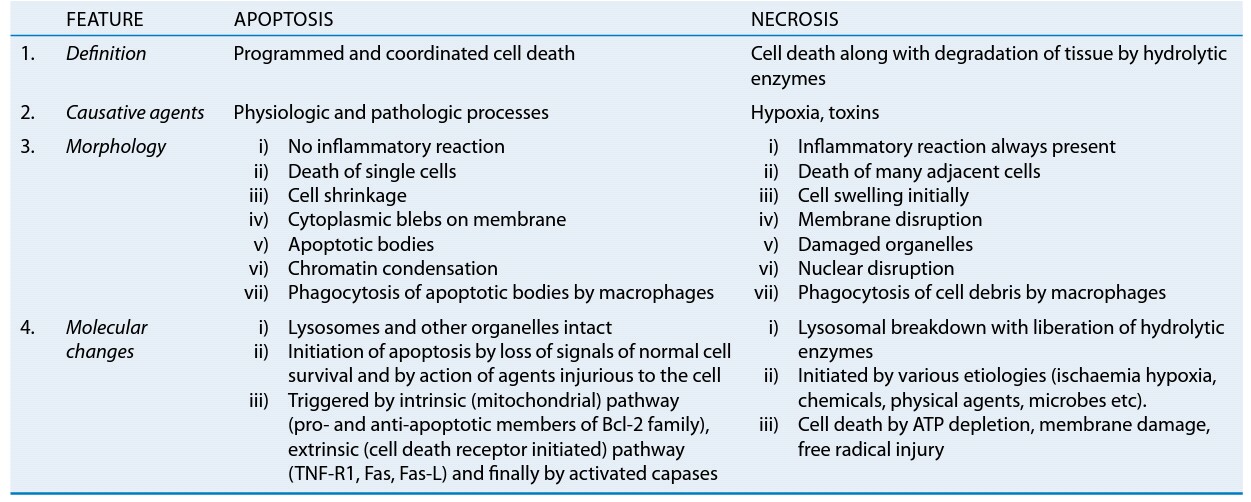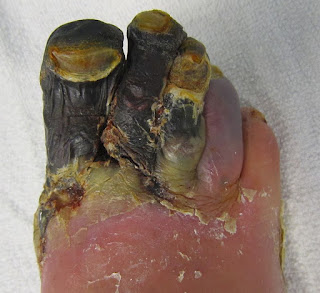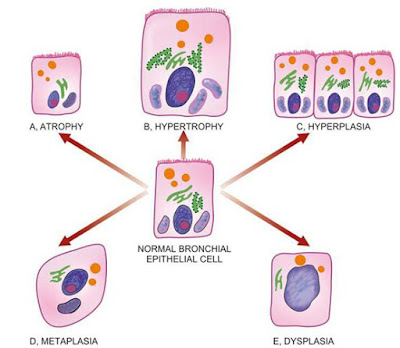Necrosis

Necrosis NECROSIS – Pathological cell or cells death in living body due to injury. NECROBIOSIS – It is a physiological cell death e.g. desquamation of surface epithelium. APOPTOSIS – It is a programmed cell death, it may be pathological or physiological. In this process the nucleus is condensed the cell is divided into small membrane bounded bodies called apoptotic bodies. Eventually the apoptotic bodies are engulfed by phagocytes. Causes – 1. Hypoxia (lack of O 2 or ischaemia) – disturbed blood supply. 2. Physical agents – Excessive heat and cold etc. 3. Chemical agents – Strong acids and alkaloids etc. 4. Immunological reactions General features – 1. The cytoplasm is homogeneous or granular and eosinophilic. 2. The cell cytoplasm may show vacuolation. 3. The nucleus shows three types of changes … a. Pyknosis – It is a initial change, in which nuclear material is condensed. b. Karyorrhexis – The nucleus is divided into small fra




